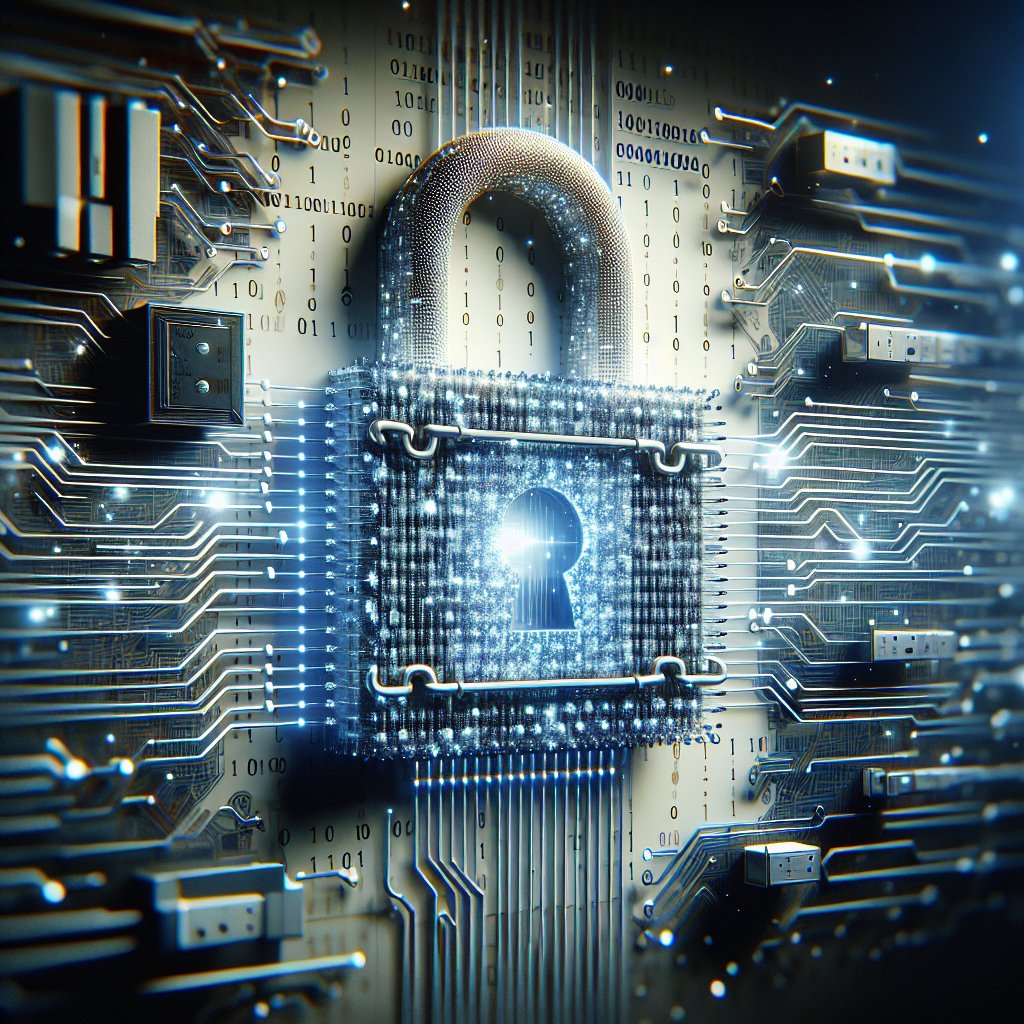Data encryption plays a crucial role in the realm of cybersecurity, serving as a fundamental mechanism to protect sensitive information from unauthorized access and cyber threats. As the digital landscape continues to evolve, the need for robust encryption methods has become increasingly apparent, especially with the rise of data breaches and cyberattacks. This article delves into the significance of data encryption, exploring its various types, applications, and the challenges it faces in today’s interconnected world.
Understanding Data Encryption
Data encryption is the process of converting information into a code to prevent unauthorized access. This transformation ensures that even if data is intercepted, it remains unreadable without the appropriate decryption key. Encryption is essential for protecting personal information, financial transactions, and confidential business data. There are two primary types of encryption: symmetric and asymmetric.
Symmetric Encryption
Symmetric encryption uses a single key for both encryption and decryption. This means that the same key must be shared between the sender and the recipient to access the original data. While symmetric encryption is generally faster and more efficient for large amounts of data, it poses a challenge in key management. If the key is compromised, the security of the encrypted data is at risk.
- AES (Advanced Encryption Standard): A widely used symmetric encryption algorithm that is known for its speed and security.
- DES (Data Encryption Standard): An older symmetric encryption method that has largely been replaced by AES due to vulnerabilities.
Asymmetric Encryption
Asymmetric encryption, also known as public-key cryptography, utilizes a pair of keys: a public key for encryption and a private key for decryption. This method enhances security by eliminating the need to share a secret key. Even if the public key is exposed, the private key remains secure, making it significantly more difficult for attackers to decrypt the data.
- RSA (Rivest-Shamir-Adleman): A widely used asymmetric encryption algorithm that relies on the mathematical properties of prime numbers.
- ECC (Elliptic Curve Cryptography): A newer form of asymmetric encryption that offers similar security to RSA but with smaller key sizes, making it more efficient.
The Role of Data Encryption in Cybersecurity
Data encryption is a cornerstone of cybersecurity strategies, providing a layer of protection against various threats. Its importance can be highlighted through several key aspects:
Protection of Sensitive Information
In an era where data breaches are commonplace, encryption serves as a vital tool for safeguarding sensitive information. Personal data, such as Social Security numbers, credit card details, and medical records, can be protected through encryption, ensuring that even if data is stolen, it remains unreadable to unauthorized individuals.
Compliance with Regulations
Many industries are subject to strict regulations regarding data protection. Laws such as the General Data Protection Regulation (GDPR) and the Health Insurance Portability and Accountability Act (HIPAA) mandate the use of encryption to protect sensitive data. Organizations that fail to comply with these regulations may face severe penalties, making encryption not just a security measure but a legal requirement.
Securing Data in Transit and at Rest
Encryption is essential for securing data both in transit and at rest. Data in transit refers to information being transmitted over networks, while data at rest pertains to stored data. Implementing encryption protocols, such as TLS (Transport Layer Security) for data in transit and AES for data at rest, ensures that sensitive information remains protected throughout its lifecycle.
Building Trust with Customers
In today’s digital marketplace, consumers are increasingly concerned about the security of their personal information. By implementing strong encryption practices, organizations can build trust with their customers, demonstrating a commitment to protecting their data. This trust can lead to increased customer loyalty and a competitive advantage in the market.
Challenges and Future of Data Encryption
Despite its importance, data encryption faces several challenges that organizations must navigate to maintain effective cybersecurity measures.
Key Management
One of the most significant challenges in encryption is key management. Organizations must ensure that encryption keys are stored securely and managed effectively. Poor key management can lead to unauthorized access, rendering encryption ineffective. Implementing robust key management solutions is essential for maintaining the integrity of encrypted data.
Performance Impact
While encryption is crucial for security, it can also impact system performance. Encrypting and decrypting data requires computational resources, which can slow down processes, especially in environments with large volumes of data. Organizations must balance the need for security with the performance requirements of their systems, often requiring optimization strategies to mitigate performance issues.
Evolving Threat Landscape
The cybersecurity landscape is constantly evolving, with new threats emerging regularly. As attackers develop more sophisticated methods to bypass security measures, encryption must also adapt. This includes the development of quantum-resistant encryption algorithms to protect against potential future threats posed by quantum computing.
Conclusion
Data encryption is an indispensable component of cybersecurity, providing essential protection for sensitive information in an increasingly digital world. By understanding the different types of encryption, recognizing its importance in safeguarding data, and addressing the challenges it faces, organizations can enhance their cybersecurity posture. As technology continues to advance, the role of encryption will only become more critical in the ongoing battle against cyber threats.




